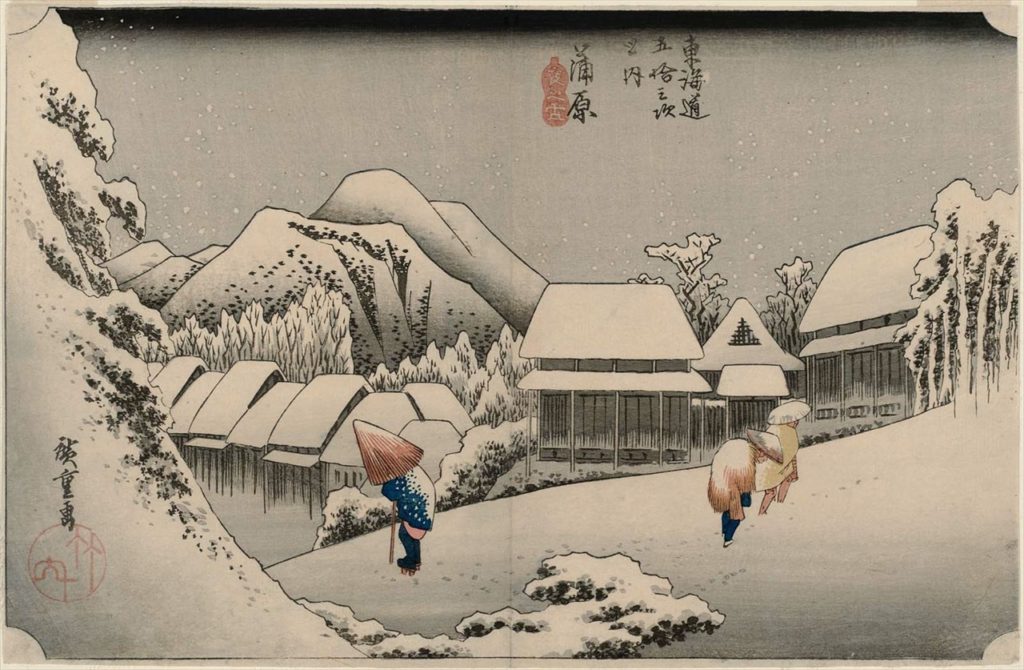“Irises at Yatsuhashi” (Eight Bridges) by Ogata Kōrin <a href=”https://www.masterpiece-of-japanese-culture.com/wp-content/uploads/2017/06/as53.7.12.R.jpg” data-elementor-open-lightbox=”yes” data-elementor-lightbox-title=”irises Ogata Korin”> <img width=”1024″ height=”256″ src=”https://www.masterpiece-of-japanese-culture.com/wp-content/uploads/2017/06/as53.7.12.R-1024×256.jpg” alt=”” loading=”lazy” srcset=”https://i0.wp.com/www.masterpiece-of-japanese-culture.com/wp-content/uploads/2017/06/as53.7.12.R-scaled.jpg?resize=1024%2C256&ssl=1 1024w, https://i0.wp.com/www.masterpiece-of-japanese-culture.com/wp-content/uploads/2017/06/as53.7.12.R-scaled.jpg?resize=150%2C38&ssl=1 150w, https://i0.wp.com/www.masterpiece-of-japanese-culture.com/wp-content/uploads/2017/06/as53.7.12.R-scaled.jpg?resize=300%2C75&ssl=1 300w, https://i0.wp.com/www.masterpiece-of-japanese-culture.com/wp-content/uploads/2017/06/as53.7.12.R-scaled.jpg?resize=768%2C192&ssl=1 768w, https://i2.wp.com/www.masterpiece-of-japanese-culture.com/wp-content/uploads/2017/06/as53.7.12.R.jpg?w=2000&ssl=1 2000w, https://i2.wp.com/www.masterpiece-of-japanese-culture.com/wp-content/uploads/2017/06/as53.7.12.R.jpg?w=3000&ssl=1 3000w” sizes=”(max-width: 1024px) 100vw, 1024px” /> </a> <br /><!– Japacul Link Unit –><br /><ins style=”display: block;” data-ad-client=”ca-pub-2105416879233547″ data-ad-slot=”3145397812″ data-ad-format=”link” data-full-width-responsive=”true”></ins><br /> Ogata Kōrin (1658–1716)
